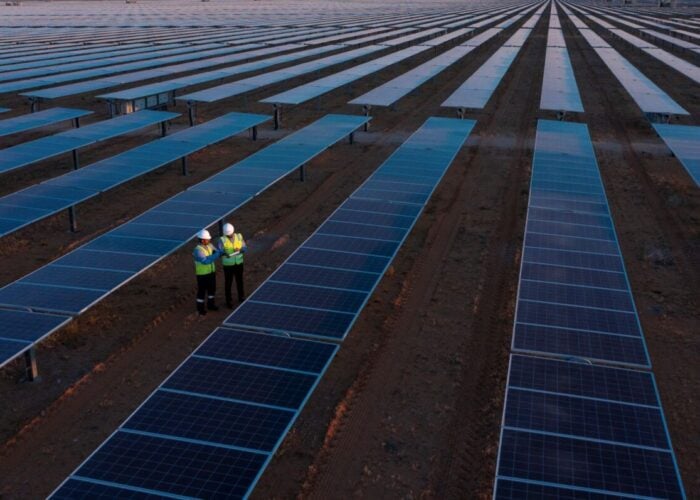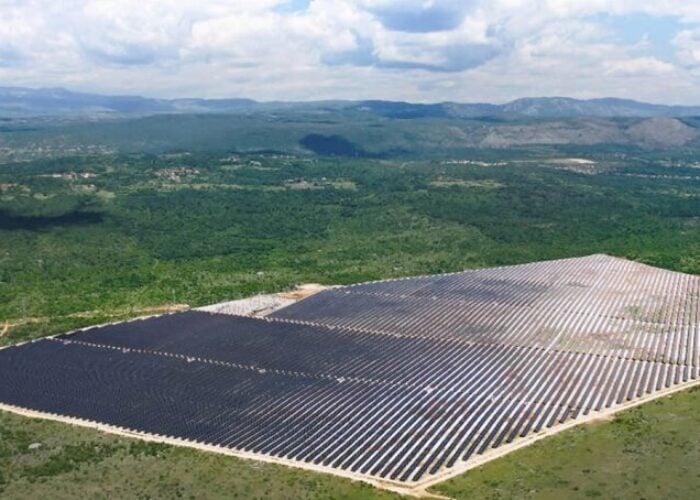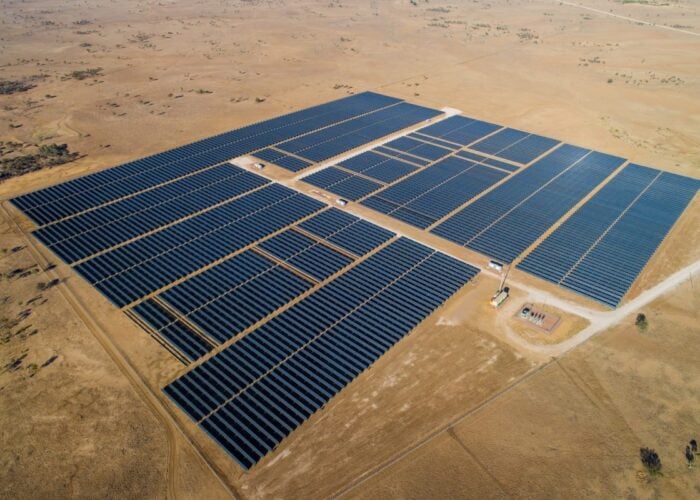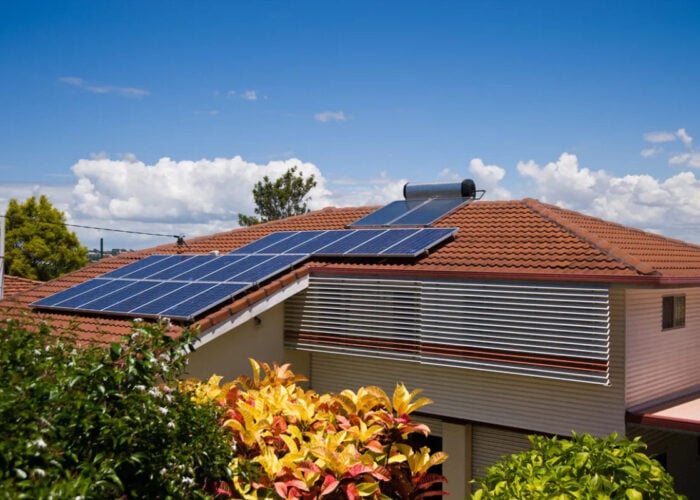German-headquartered PV manufacturer SolarWorld will launch a 72-cell bifacial solar panel at this week’s Solar Power International trade show in California.
SolarWorld is the current holder of a 21.7% efficiency record for PERC (passivated emitter rear contact) cells, announced in July and this week also announced an agreement to partner with microinverter and energy management specialist Enphase on producing AC modules, effectively PV modules with integrated power electronics that eliminate the need for central string inverters.
Unlock unlimited access for 12 whole months of distinctive global analysis
Photovoltaics International is now included.
- Regular insight and analysis of the industry’s biggest developments
- In-depth interviews with the industry’s leading figures
- Unlimited digital access to the PV Tech Power journal catalogue
- Unlimited digital access to the Photovoltaics International journal catalogue
- Access to more than 1,000 technical papers
- Discounts on Solar Media’s portfolio of events, in-person and virtual
Other manufacturers are also looking to add module-level power electronics to their modules. Also this week, US manufacturer Sunpreme announced it will start integrating optimisers by ‘smart module’ manufacturer Tigo into a range of PV panels, while China’s ET Solar has also launched a range of modules with built-in optimisers.
The latest 72-cell module, Sunmodule XL, is a 330-watt device, featuring mono-PERC cell technology. The company claims it is particularly suitable for commercial and industrial installations and unlike its previous glass-glass iteration, the new version has a glass front and a clear backsheet.
Bifacial modules appear to be gaining traction among manufacturers keen to find new ways to innovate and of course get more power from ever-more compact PV modules and cells. At this year’s Intersolar Europe show in June PV Tech highlighted the advances in bifacial modules that were being touted by makers including Chinese state space programme-backed HT-SAAE as one of the big talked-about trends from the event.
Extra power can be generated from the rear of a bifacial panel using the Albedo Effect, where some sunlight reflects off even grass or concrete surfaces that the array is mounted on. In principle, a module can overall generate up to 30% more power using its front and rear surfaces than using the front alone, although more commonly it would be less than this margin, depending on where the panel is installed. Commercial and industrial rooftops, which often have grey or white surfaces, are considered suitable for bifacial panels for this reason.
SolarWorld claims Sunmodule XL “will provide as much as 25% more power than conventional 72-cell modules”, comparable to a conventional 410-watt non-bifacial module, depending on where it is installed. The company’s previous best was a 60-cell version, which will be available in the fourth quarter of this year, while the 72-cell Sunmodule XL will be available from early next year, SolarWorld said.
The company, is perhaps better known in the industry in the past couple of years for its aggressive stance on the anti-dumping disputes between EU and US manufacturers and China in lobbying for duties to be placed on Chinese imports.







